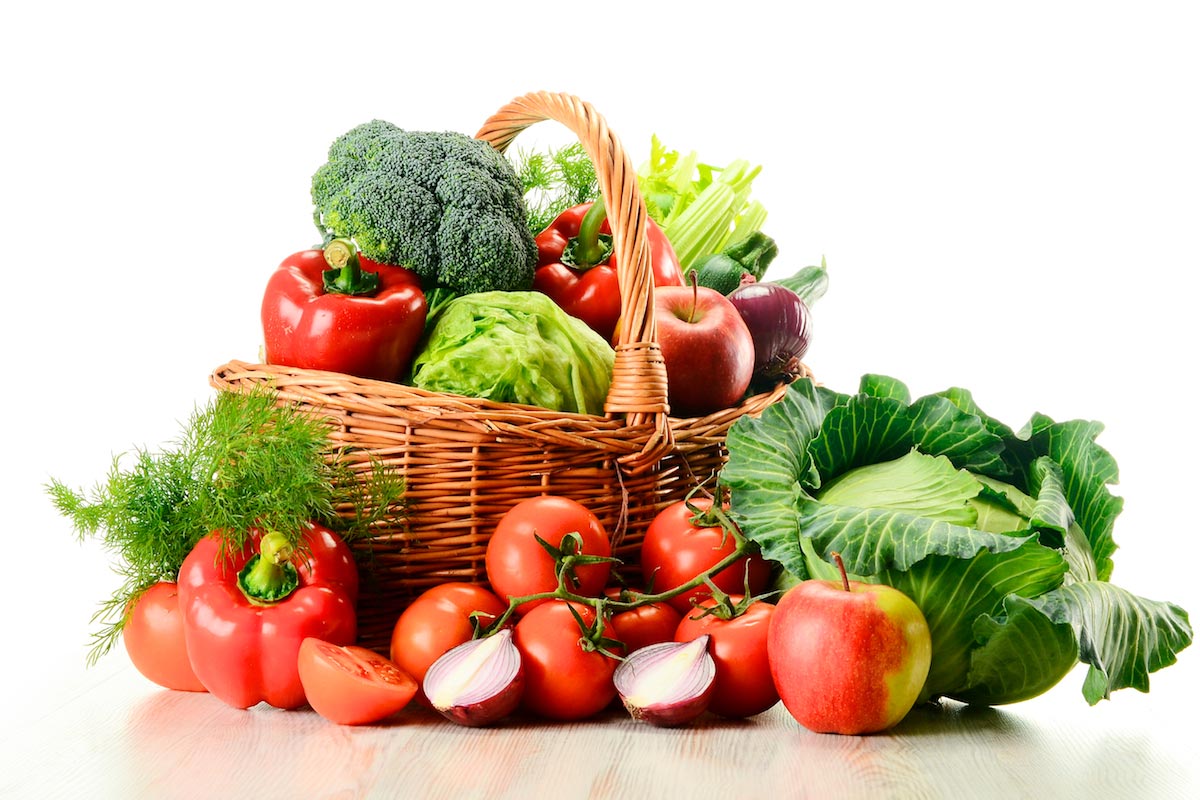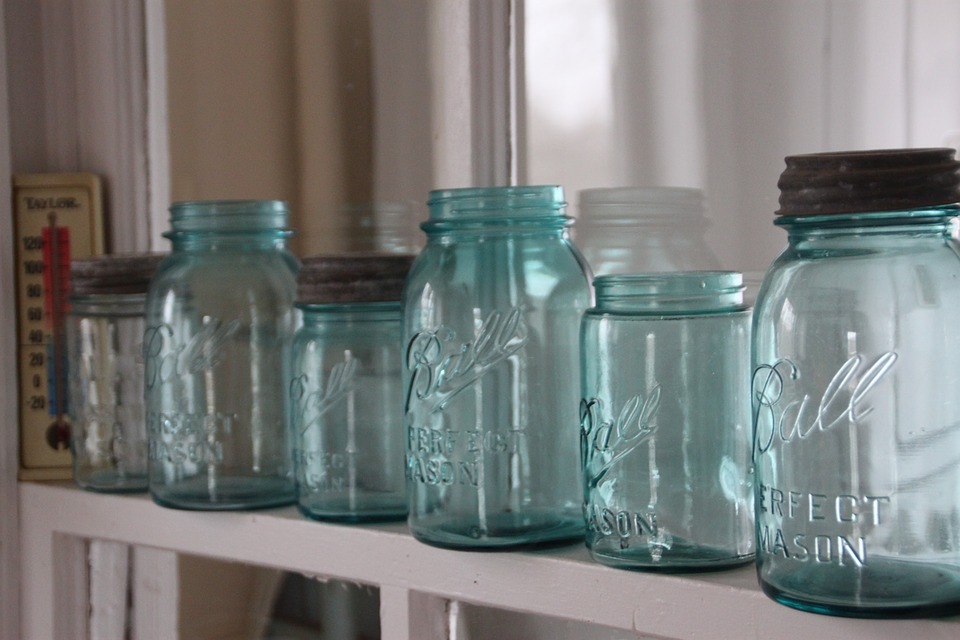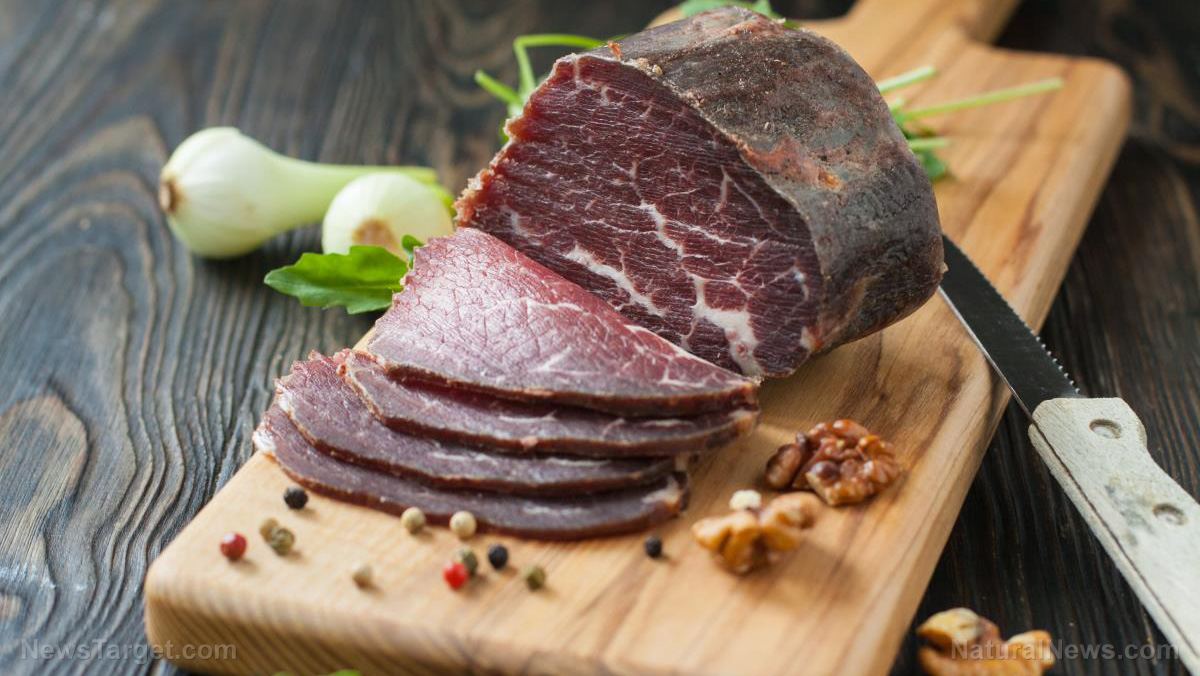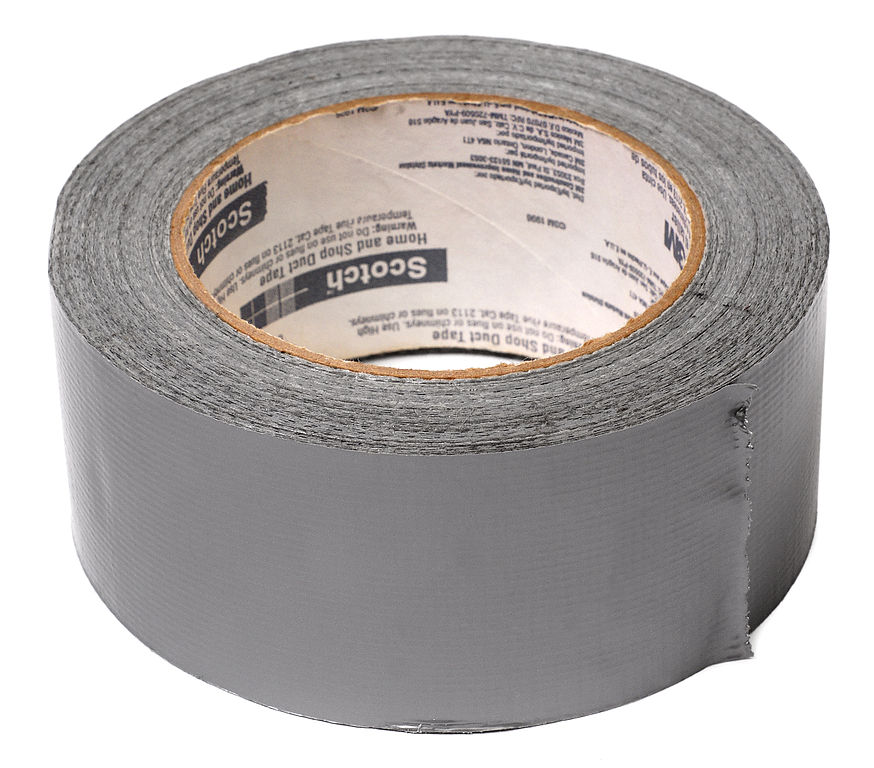How much food should you store to prepare for one year of disaster?
12/20/2018 / By Mary Miller

If food supply lines are disrupted, do you have enough food to keep you going? If you do, how long will your food supply last you? A month? Several months? How about a year? Long-term food storage is something you need to seriously take into consideration if you want to be truly prepared for large-scale disasters. Here’s a simple guide on just how much food you will need to last you for a year. (h/t to ModernSurvivalBlog.com.)
There are many advantages to having your own long-term food supply. You don’t even need to start stockpiling in anticipation of TEOTWAWKI. Even if SHTF never happens, there are still plenty of practical reasons why you should be storing food. (Related: Practical reasons why you should start storing food now – even if SHTF never happens.)
Grains
Due to being a staple food with extremely long shelf lives, grains make for an ideal long-term storage survival food. In fact, hard grains, such as wheat, buckwheat, corn, flax, mullet, spelt, and triticale, have an average shelf life of 10 to 12 years. To last you one year, you should store 400 lbs of grain. Make sure to store a diverse selection of grains for the sake of variety. These can take the form of whole grains, flours, hot and cold cereals, pastas, noodles, popcorn, yeast breads, quick breads, flat breads, crackers, pastries, coatings, thickeners, and whole grain dishes. A daily breakdown of this would be around eight to 10 slices of bread, one and a half cups of cooked pasta, two cups of cooked rice, one cup of cooked oatmeal, four cups of popped popcorn and half a cup of miscellaneous whole grain dishes per day.
Beans and legumes
A year’s worth of beans and legumes would be around 90 lbs for the whole year. You can store all sorts of legumes, such as dried beans, splits, and lentils. If stored properly, dried beans can last for up to 30 years. On a daily basis, you can take three quarters of a cup of cooked beans, two thirds of a cup of cooked lentils and three tablespoons of cooked split peas.
Milk and cheese
As much as possible, try to go for raw, organic milk, but for the purposes of prepping, any type of milk is fine as long as you can reach your daily recommended dose of calcium. A year’s worth of milk and cheese would be equivalent to 75 lbs for the whole year. For long-term storage, powdered or instant dry milk can last for up to 20 years. It is recommended to store them with moisture absorber packets to keep them dry. You can also store freeze-dried cheese since freeze-drying is one of the best methods for food storage. A daily breakdown of milk and cheese consumption would include two and a half cups of reconstituted nonfat milk and a quarter of a cup of reconstituted cheddar cheese.
Fruits and vegetables
You should store around 90 lbs of freeze-dried fruits and vegetables for the whole year. A daily breakdown would consist of one and a quarter of a cup of reconstituted fruit, one and a quarter of a cup of reconstituted vegetables, and a cup of cooked potatoes.
Meat
It’s always good to try to limit the amount of meat you consume. That said, a year’s worth of meat would be around 20 lbs for the whole year. This can take the form of freeze-dried beef, chicken, pork, and turkey. On a daily basis, you can take around three tablespoons of reconstituted ground beef and a quarter of a cup of reconstituted chicken chunks.
Fats
You should store no more than 20 lbs of fat per year. This can be in the form of frozen oils, butter, shortening and lard. On a daily basis, you can take up to 2 tablespoons of olive oil a day.
Sugars
Sugar can last for a very long time, if kept hermetically sealed. Try to limit your year’s supply to 60 lbs of sugar a year. This can take the form of granulated sugar, powdered sugar, honey, molasses, syrups, jams, and jellies. A daily breakdown of this would be one and a half tablespoons of dry sugar and two and a half tablespoons of honey per day.
These daily breakdowns would yield around 3,500 calories per day, more than enough for a single adult who engages in a lot of physical activity.
Learn more about food storage by going to FoodStorage.news.
Sources include:
Tagged Under: bug out, food prepping, Food storage, food supply, homesteading, off grid, Off-the-grid living, preparedness, prepper, prepping, SHTF, survival, survival food, survival gear, survivalist, sustainable living




















